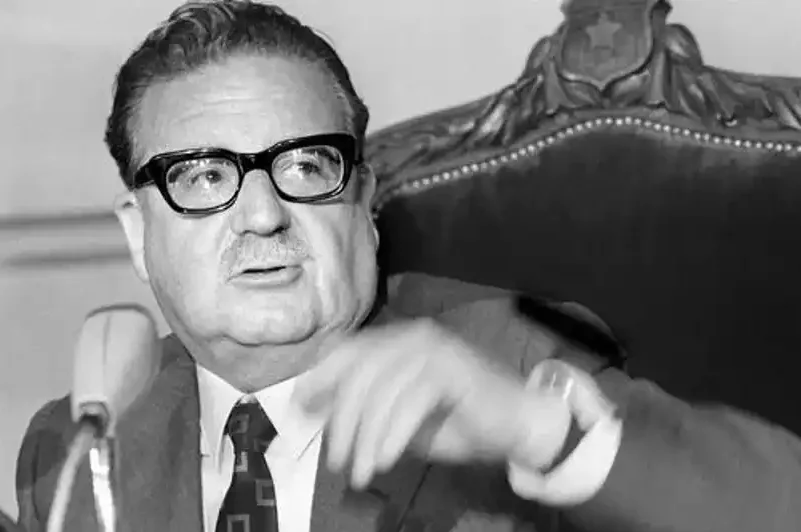Suffer from anendophasia: Keys

Studies have revealed that about 10% of mankind may suffer from anendophasia, absence of the inner voice in your brain.
But surely, at the beginning of the reading you have wondered what it means to suffer from anendophasia.
Between thoughts and emotions, that inner voice in the brain, in the mind, is like a universal characteristic of human beings.
It is the speech that people “hear” when they think or read, but researchers in cognitive neuroscience and psychology have found that between 5 and 10% of people do not have the experience of feeling that inner voice. This is called having anendophasia.
Researchers Johanne Nedergård, from Denmark, and her colleague Gary Lupyan, from the United States, have set out to study what this lack entails and have named it “anendophasia”.
They revealed that having anendophasia can have consequences: people have more difficulty performing verbal memory tasks.
Because they have no inner voice, some people told the researchers that they think in pictures and then translate the pictures into words when they need to say something.
READ HERE: HOW TO MEET RUSSIAN WOMEN
Others describe their brain as a computer that works well, but does not process thoughts verbally, and that the connection to the speaker and microphone is different from that of other people.
There are others who claim that having anendophasia is something verbal inside their heads that they often describe as words without sound.

Suffer from anendophasia
Nedergård, who is a linguist working at the University of Copenhagen, said that people with anendophasia were actually known to exist.
But “in recent years the science and philosophy of inner speech is starting to take these individual differences seriously,” he said.
Let’s say that suffering from anendophasia is something similar to what happens with “aphantasia,” which is the absence of mental vision or the inability to visualize mental images.
“The aim of the new study was to test whether anendophasia has any behavioral consequences. It could also simply be a matter of meaning different things when we say ‘inner speech’ or perhaps a lack of awareness of it,” the researcher said.
There is a theory, often attributed to developmental psychologist Lev Vygotsky, that inner speech comes from the regulatory speech that caregivers direct at children.
For example, “don’t touch the hot stove” or “you have to stack the bricks like this to build a tower,” the scientist said.

¿What is it like to have anendophasia?
“Most children have a period when they talk to themselves out loud. What you know as “private speech.” That happens between the ages of 2 and 7, but it usually goes “underground” around the age of 4 or 5, when children stop talking to themselves out loud. The theory is that this is where adult inner speech comes from,” he said.
Researchers studying the absence of inner voice do not consider it a disorder that needs to be “diagnosed.”
For the published study, Nedergård and Lupyan included 93 people from the United States as participants.
Within that total, 46 had low levels of inner speech and 47 recorded high levels of inner speech. All were native English speakers.
The participants were subjected to four experiments, e.g., remembering words in sequence and switching from one task to another.
One of the aspects that determined when a person suffers from anendophasia is that they had a harder time remembering words.
The same happened with a task in which they had to determine whether a pair of pictures contained rhyming words.






